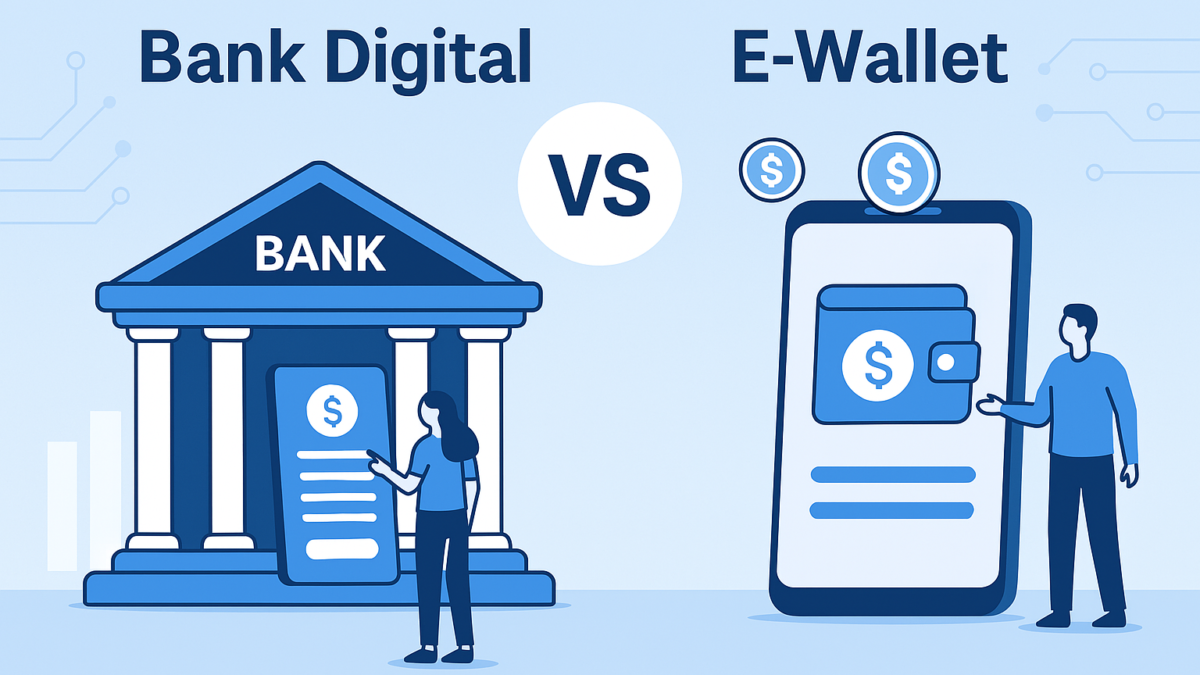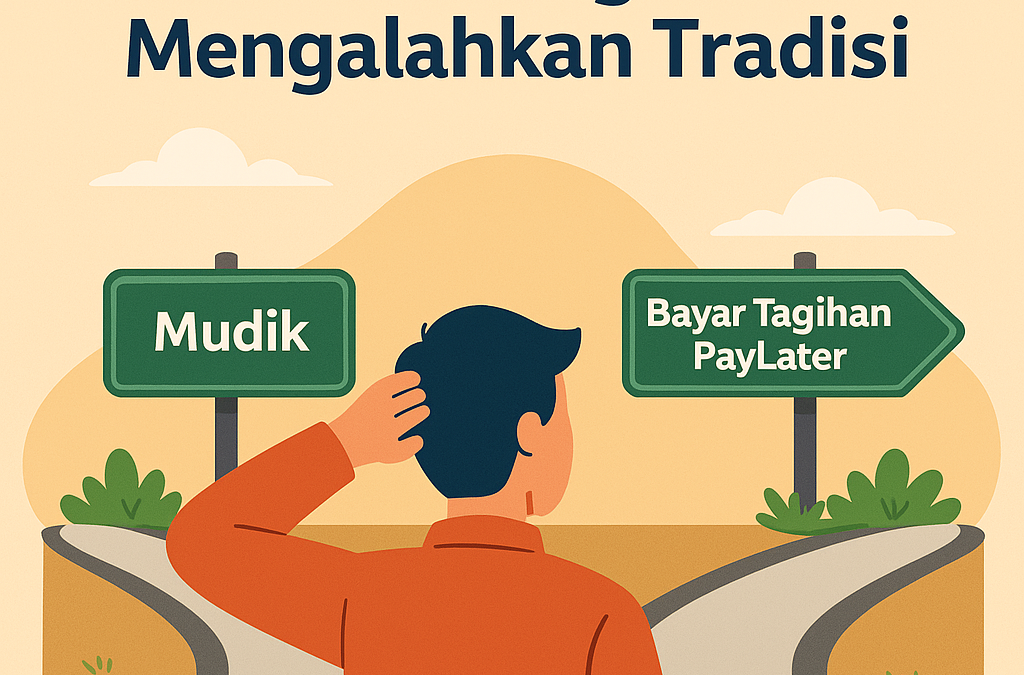
“Building wealth” can sound intimidating. Financial freedom? That sounds even scarier, like a mystical realm that only billionaires can access. But here’s the good news: it’s not. Building wealth is a journey anyone can start—no million-dollar inheritance required. All you need is a clear plan, some consistency, and the willingness to take small, meaningful steps.
So grab your coffee (or tea, if you’re fancy), and let’s break this down in a fun, practical way!
Step 1: Know Your Starting Point (Your Financial GPS)
Before heading toward financial freedom, you need to know where you stand. This step is all about taking stock of your financial life.
Actionable Steps:
- Calculate Your Net Worth:
Add up all your assets (cash, investments, property) and subtract your liabilities (debt, loans). The result? That’s your net worth.
Example: You have $10,000 in savings, $5,000 in stocks, but $8,000 in credit card debt. Your net worth is $7,000. - Track Your Monthly Spending:
Use apps like Mint or YNAB to see where your money goes each month. You might be shocked to see how much that daily latte habit adds up.
Step 2: Set Clear and Achievable Goals
“Become rich” isn’t a goal—it’s a dream. Your goals need to be specific and time-bound.
Actionable Steps:
- Break goals into short, medium, and long-term categories.
Example:- Short-Term (1 Year): Save $5,000 for an emergency fund.
- Medium-Term (5 Years): Pay off $20,000 in student loans.
- Long-Term (10+ Years): Build $500,000 in retirement savings.
- Use the SMART Goal Framework: Specific, Measurable, Achievable, Relevant, and Time-bound.
Step 3: Budget Like a Boss
If your money disappears faster than your phone battery, it’s time to budget. Think of your budget as a spending plan—not a restriction.
Actionable Steps:
- Follow the 50/30/20 Rule:
- 50% for needs (rent, groceries).
- 30% for wants (dining out, Netflix).
- 20% for savings and debt repayment.
- Automate your finances: Set up automatic transfers to savings or investment accounts so you don’t spend money before saving it.
Example:
Earning $3,000/month?
- $1,500 goes to rent, utilities, and food.
- $900 goes to fun stuff.
- $600 goes to savings or paying off that pesky credit card debt.
Step 4: Save Like Your Future Depends on It (Because It Does)
Savings are the foundation of wealth. But don’t just shove cash under your mattress—make it work for you.
Actionable Steps:
- Build an Emergency Fund: Save 3–6 months of living expenses to protect yourself from unexpected events (like losing your job).
- Open a High-Yield Savings Account: These accounts earn more interest than traditional savings accounts.
Example:
If you save $200/month in a high-yield account with 3% annual interest, you’ll have $12,720 after five years.
Step 5: Invest Smartly and Consistently
Investing is where the magic of compounding comes into play. It’s not about timing the market; it’s about time in the market.
Actionable Steps:
- Start with Index Funds or ETFs: These are low-cost, diversified options perfect for beginners.
Example: The S&P 500 ETF mirrors the top 500 U.S. companies. Historically, it has returned about 8–10% annually. - Use Dollar-Cost Averaging: Invest a fixed amount regularly (e.g., $100/month). This removes the stress of market ups and downs.
- Take advantage of tax-advantaged accounts like 401(k)s or IRAs (U.S.) or similar retirement accounts in your country.
Step 6: Crush Your Debt Like a Pro
Debt is the anti-wealth. The faster you eliminate high-interest debt, the quicker you can build wealth.
Actionable Steps:
- Use the Debt Snowball Method: Pay off the smallest debt first for quick wins, then move to the next smallest.
- Or try the Debt Avalanche Method: Focus on high-interest debt first to save money in the long run.
Example:
You have:
- $500 credit card debt (20% interest).
- $1,000 car loan (5% interest).
- $10,000 student loan (3% interest).
Focus on paying off the credit card debt first while making minimum payments on the others.
Step 7: Protect Your Wealth
Building wealth is great, but protecting it is equally important.
Actionable Steps:
- Get Insurance: Health, life, and property insurance can save you from financial disasters.
- Write a Will or Estate Plan: Even if you’re young, this ensures your money goes where you want it to.
Step 8: Keep Learning and Growing
Wealth-building isn’t a one-time effort—it’s a lifelong journey. Stay curious and keep upgrading your financial knowledge.
Actionable Steps:
- Follow personal finance blogs or YouTube channels like Graham Stephan or The Financial Diet.
- Take online courses on platforms like Coursera or Udemy.
Recommended Books to Supercharge Your Journey
- “The Millionaire Next Door” by Thomas J. Stanley and William D. Danko
Learn how ordinary people build extraordinary wealth through smart habits. - “Rich Dad Poor Dad” by Robert Kiyosaki
A fun read about shifting your mindset to build assets, not liabilities. - “Your Money or Your Life” by Vicki Robin
A practical guide to transforming your relationship with money. - “The Intelligent Investor” by Benjamin Graham
A classic for anyone looking to understand investing. - “I Will Teach You to Be Rich” by Ramit Sethi
A step-by-step guide to automating your finances and building wealth.
Final Thoughts
Building wealth and achieving financial freedom isn’t about winning the lottery or stumbling into a tech startup. It’s about small, consistent actions that compound over time. Start with one step today—track your expenses, set up a savings account, or read one of the books above.
The journey might take time, but trust me, future you will be doing a happy dance.















